BOOKS ABOUT ANIMALS – AND MORE
Animals and humans have been in co-dependent relationships ever since man learned to domesticate the former. It’s no surprise that we have devel-oped many beliefs, myths, and stories about them, ascribing to them supernatural abilities and human-like attributes.
However, in these modern times, stories with animals in them have tended towards two kinds: where they are human analogue characters, or where the story or storyteller describes a certainly more than normal life for what is supposed to be an actual animal. In many of these stories, the animals serve to remind us humans about how we can be bet-ter – and warn us how we can be worse than animals, as it were.
Animal-themed books aren’t only about animals – or they are if we include ourselves, too.
HERE ARE SOME CHOICE PICKS FOR BOOKS WITH ANIMALS.

A DOG’S PURPOSE/ A DOG’S JOURNEY (CONTINUING SERIES)
BY W. BRUCE CAMERON
If this book series sounds familiar to you, then chances are, you’ve watched at least one of the two movies (so far). They were pro-duced by Amblin Entertainment based on writer W. Bruce Cam-eron’s narrative about a dog with many lives.
The basic plot is simple: that our beloved canine family members could potentially be reincarnat-ing into new lives, touching the lives of various humans as they go through them. Eventually, our lead character is known as Bailey, and this is Bailey’s story about how all these lives have somehow given him – or her – many experiences.
The books are a roller coaster of emotions, as we see good lives and bad for Bailey. However, a word of advice: Many of the details in Bai-ley’s various lives have been mixed or modified for the two movies, so it’s a good thing to take the movies as an “alternate reality” that gets the feel of the books.
Ever since the success of the first two books, there have been other books such as A Dog’s Promise and A Dog’s Way Home, and a whole set of children’s books based on the various Bailey Incarnations.

MOBY-DICK (THE WHALE)
BY HERMAN MELVILLE
Now, while we are all familiar with the pop-culture shorthand for this sto-ry – whale is hunted by the obsessed man, a story told through the eyes of the first mate – it’s important to realize that this is the book itself, and the way it has been written can be a bit difficult at first.
There have been many interpretations of what Captain Ahab’s obsession with the white whale is all about, both in terms of the storyline and of the times the story was written in. There’s even a question about how the real story is about Ishmael’s expe-riences with the whaling crew and the whaling lifestyle.
In any case, it’s a good idea to re-read the book every few years, as you will find that the “whale” the book talks about may be different for the reader at different times.
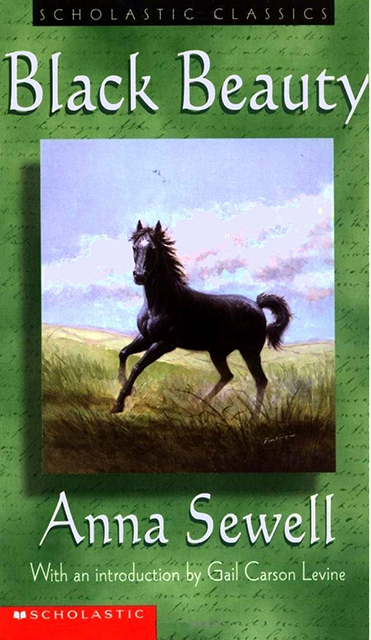
BLACK BEAUTY: HIS GROOMS AND COMPANIONS, THE AUTOBIOGRAPHY OF A HORSE
BY ANNA SEWELL
This book, as its title suggests, is about the life and times of a horse in England. What is interesting to note is that presently, it is seen as a “girl’s animal book,” but it is one of the first books to discuss the treatment of animals. It is also seen as one of the first, and perhaps the most popular fictional animal biographies, and is notable for treating the voice of Black Beauty in human-like fashion.
It was the only published work of Anna Sewell, as she died soon after the books publication due to ill health. It can be argued that Black Beauty may have been the linchpin work for all animal-themed books.
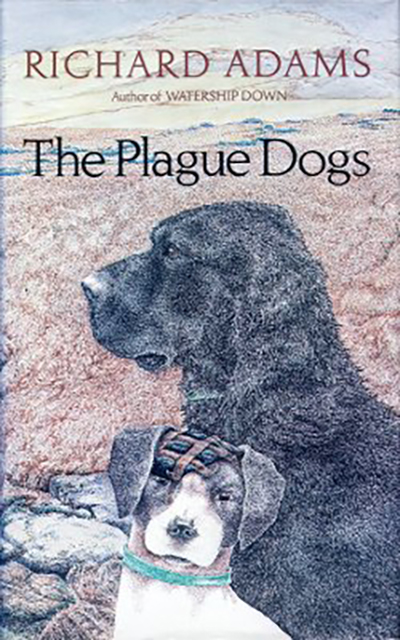
PLAGUE DOGS
BY RICHARD ADAMS
Richard Adams’ book on the story of two laboratory dogs trying to find their way to their own paradise is also a searing indictment of how animals have been abused through experimentation. As the book was published in 1977, the ethical and political overtones in the book are reflections of the changing times, as people are becoming more aware that animals are much more than property.
It should be noted that the book’s ending is radically different from the movie based on the novel, but the important ideas for the ending remain essentially the same.
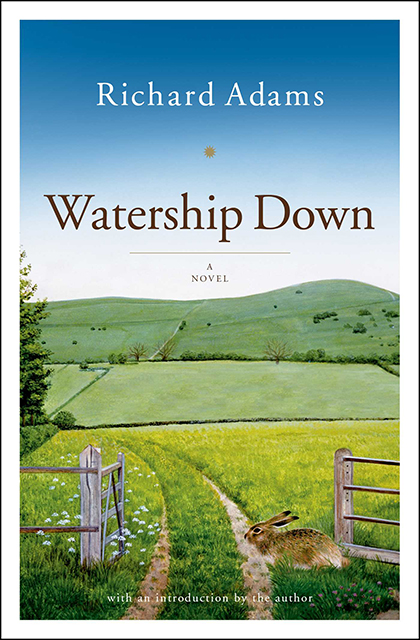
WATERSHIP DOWN
BY RICHARD ADAMS
This is by far, the more famous of Adams’ works, with existing media versions in film, TV, theater, radio/audio plays, and even a role-playing game. The book follows the story of Hazel, a young rabbit, as he grows into adulthood, and from then into a legend as a hero and mythical figure among rabbits.
What makes Watership Down so appealing is that even though it is, on the surface, a rather dark tale about rabbits, it employs many narrative techniques and details that give it an epic storytelling style that you would normally apply to legends with human heroes.
It is also quite easy to read many issues and problems about human society into the novel, and this may be one of the big reasons for Watership Down’s popularity.
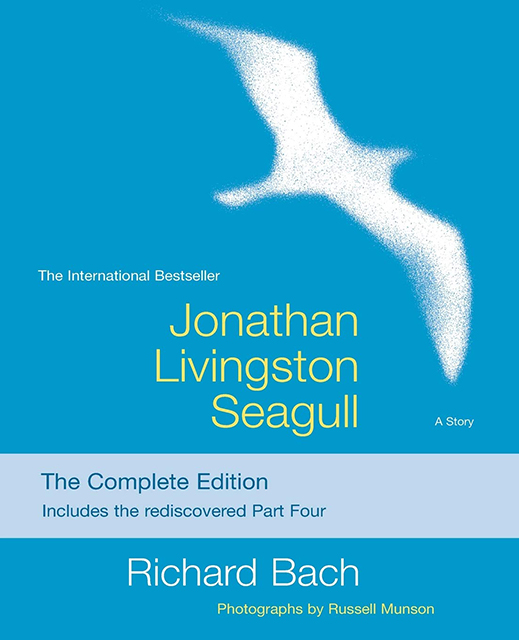
JONATHAN LIVINGSTON SEAGULL
BY RICHARD BACH
Jonathan Livingston Seagull is not only about a seagull, but also about looking for a high spiritual ground, in the form of a story about a seagull looking for perfection in flight. Just as Black Beauty was a pi-oneering work in animal-themed fiction, Seagull has been considered a part of self-help and positivity literature, even being considered a classic book on spirituality.
There have been other versions of the novel in media, though the movie based on the book went through major legal issues.
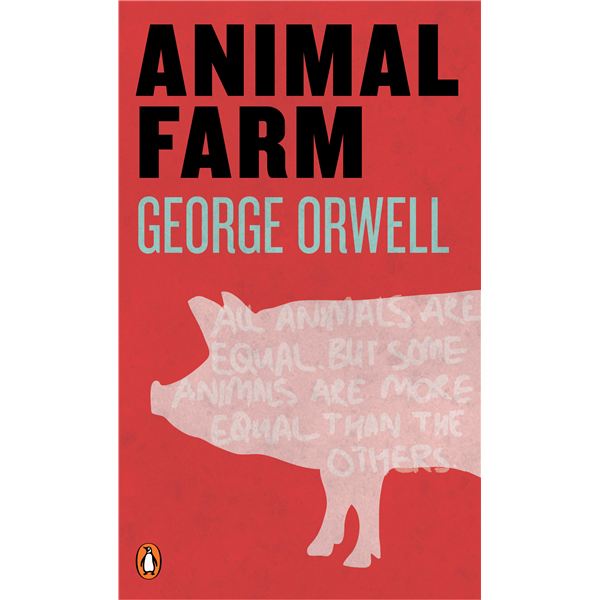
ANIMAL FARM
BY GEORGE ORWELL
Perhaps one of the most legendary animal-themed books, Animal Farm is about how a group of pigs even-tually take over the farm they’re in – and then the whole farm undergoes a rad-ical change, and it may not be for the better. The novel may look at first like a clas-sic fable with a life lesson or moral statement attached to it, but it is heavily influ-enced by the political views of Orwell himself, and the times It was written in.
With Animal Farm, the animal theme itself is a symbol of how humans can treat other humans – and how ani-mals can also be human in that regard.
ANIMALS AS HUMANS, OR THE OTHER WAY AROUND?
When people are reading animal-themed books, it’s important to remember that in some way, we identify with what we see as the strong characteristics of different animals. In doing so, we can somehow connect on a deeper level with the story as presented.
With animals in literature, it’s really all about whether we can see the animal in ourselves, and vice versa.





